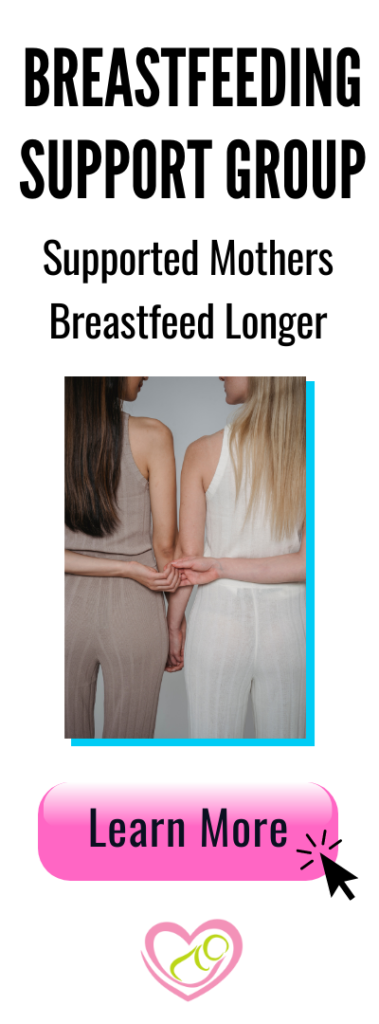Breastfeeding For Relieving Procedural Pain In Infants
May 5, 2022 2024-06-20 17:21Breastfeeding For Relieving Procedural Pain In Infants
Breastfeeding For Relieving Procedural Pain In Infants

Did you know? Babies routinely experience pain associated with the numerous minor routine procedures they undergo in the first weeks and months of life. What’s the most effective way to make procedures such as venipuncture or heel lance less painful and traumatic?
…Breastfeeding.
Growing scientific evidence points to the efficacy of natural, non-pharmacological interventions in reducing infants’ pain, with breastfeeding being the most effective. Other methods include swaddling, skin-to-skin, pacifier, and oral sucrose. Compared to these other soothing methods, breastfeeding initiated before, and continued through these painful procedures has been shown to have a greater analgesic effect, as evidenced by:
♥ reduced heart rate increase
♥ reduced proportion of crying time
♥ reduced duration of first cry and total crying time
Sadly, pain reduction therapies are often underused for routine procedures, and can have detrimental effects including:
⚠️greater pain sensitivity later in childhood
⚠️disturbance of mother-infant bonding
⚠️distress for new parents
When direct nursing is not possible, the individual components of breastfeeding (sucking, sweet taste, and warm contact) may be used separately or in combination. This may be especially useful for preterm infants who may be medically compromised or cannot effectively suck or swallow.
Establish breastfeeding before, and continue during and after the painful procedure while holding baby close to your body for maximal benefit. Watch the video to see the technique in action!
Sources:
American Academy of Pediatrics: AAP Policy Statement
American Academy of Breastfeeding Medicine: ABM Clinical Protocol #23: Nonpharmacological Management of Procedure-Related Pain in the Breastfeeding Infant
Gray L, Miller LW, Phillip BL, Blass EM. Breastfeeding is analgesic in healthy newborns.Pediatrics.2002;109 :590– 593 Abstract/FREE Full TextGoogle Scholar
***The information provided on our website is intended solely for general educational and informational purposes only. It is neither intended nor implied to be a substitute for professional medical advice. Always seek the advice of your physician for any questions you may have regarding your or your child’s medical condition. Never disregard professional medical advice or delay in seeking it because of something you have received in this information.***
Search
baby bottle feeding breastfeeding breastfeeding latch breastfeeding pain breast milk storage breast refusal bugs cedar park regional clogged duct contraceptives daycare discharge doula engorgement exercise foremilk galactogogues hindmilk hospital how to latch baby labor low milk supply low supply massage mastitis newborn care nursing strike nutrition pacifiers plugged duct plugged ducts postpartum prenatal pumping relactation siblings sleep sore nipples breastfeeding suck training tax breaks thrush tongue tie video weaning
Search



